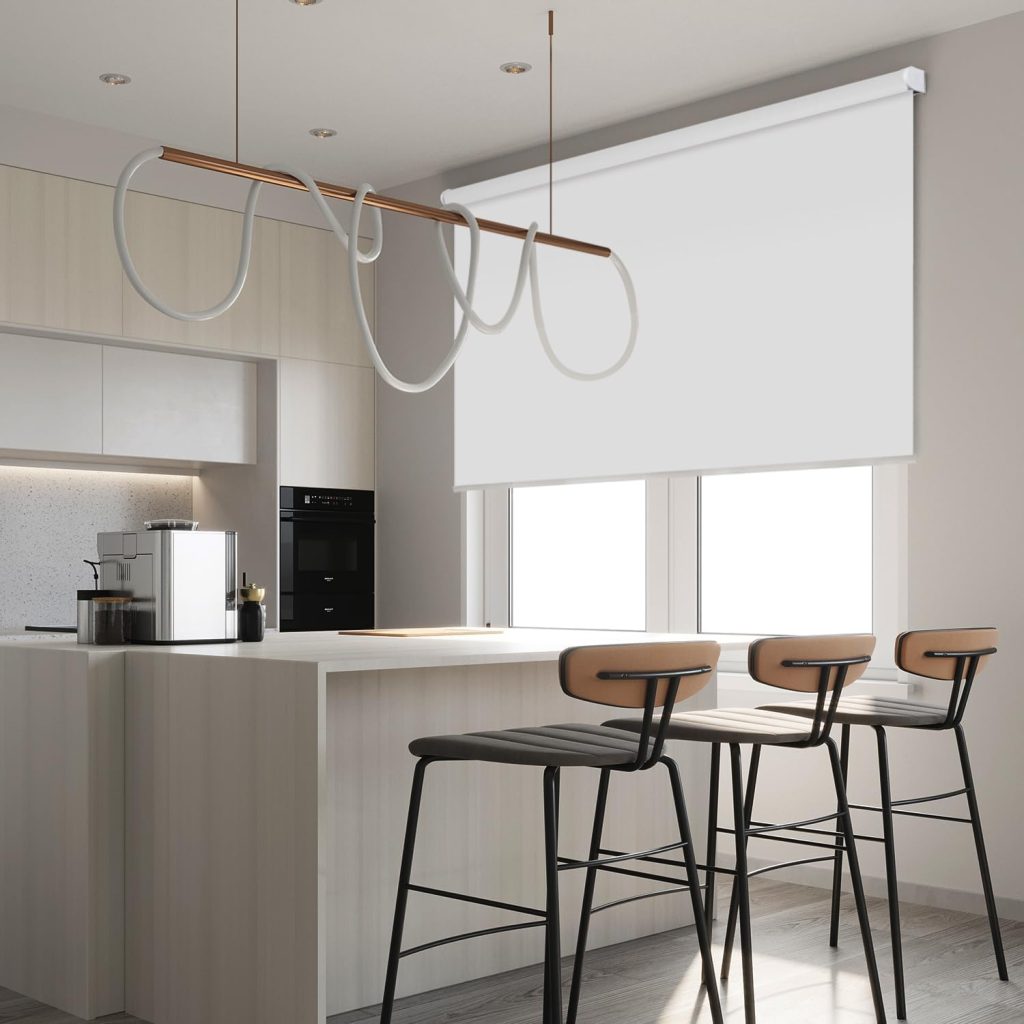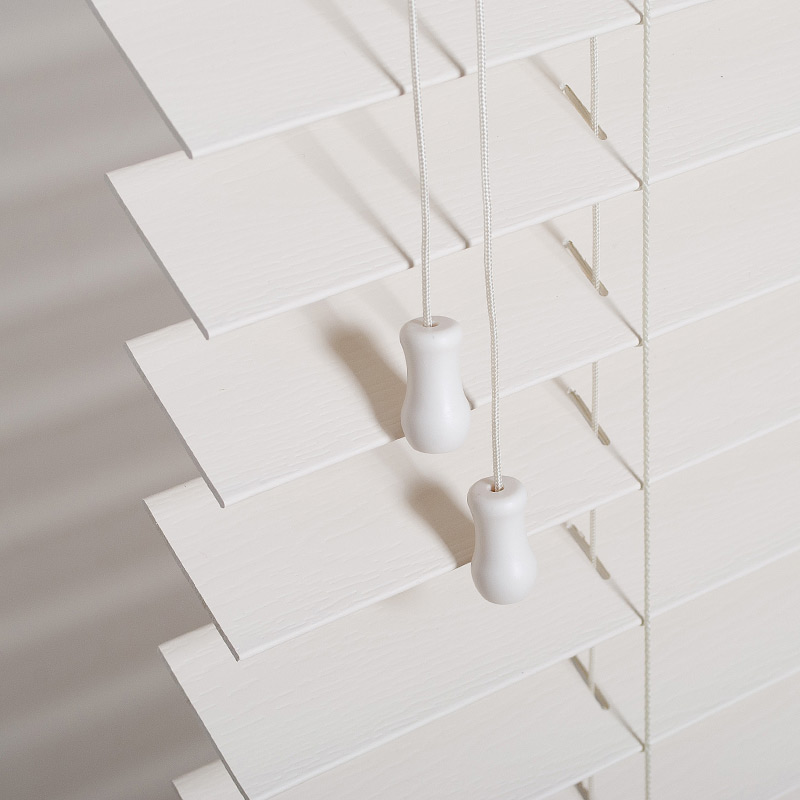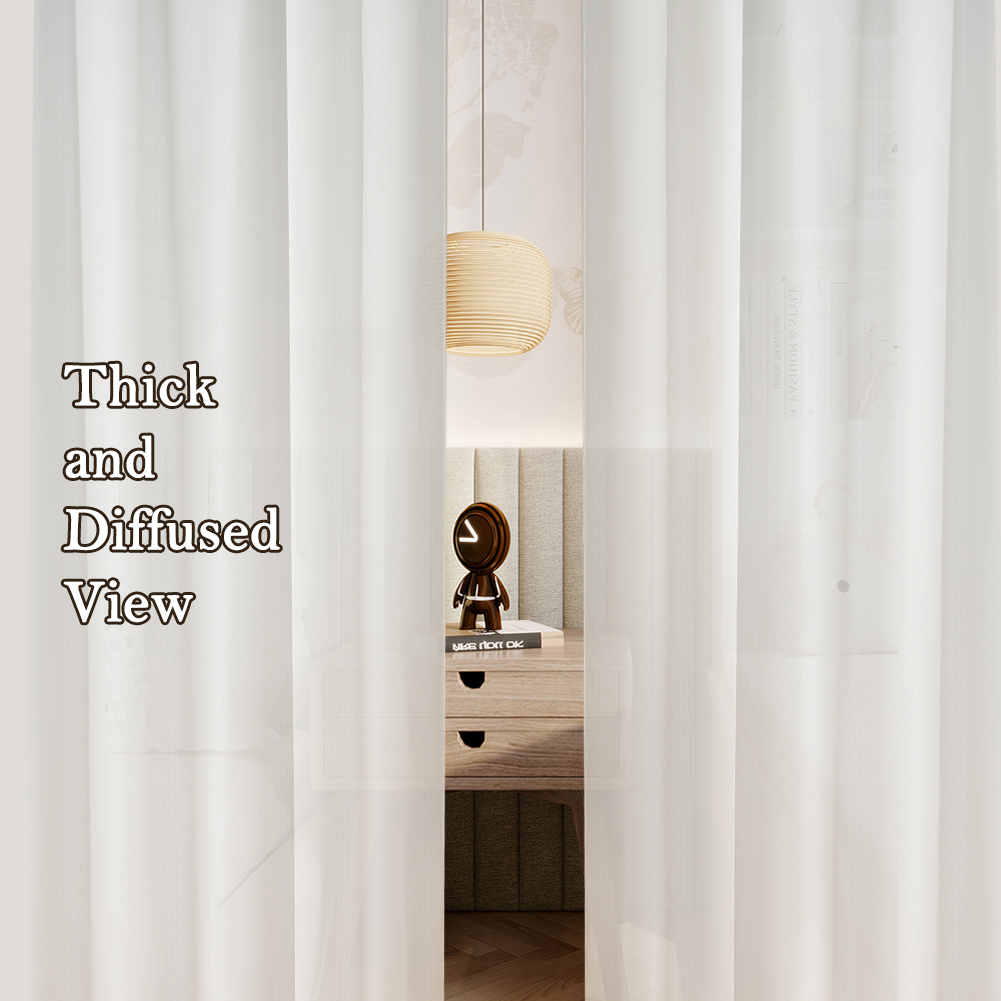Blinds vs Curtains: Which to Choose?
Date:

Before you finalize the purchase of either, consider well the look you’re trying to achieve. Factors such as cost, ease of installation, maintenance, lighting options, and energy efficiency may sway your decision. This research takes time and patience, but there’s good news: we’ve consolidated all relevant information into a comprehensive blinds vs curtains article for your convenience.
Table of Contents
ToggleVisual Appeal
Curtains offer color and texture. In general, curtains provide a wider range of stylistic choices than blinds. Compared to blinds, they feel more luxurious and aesthetically pleasing. Think layered curtains of sheer and dark panels or curtains draping elegantly onto the floor. Additionally, curtains provide texture and interesting color accents to a room while helping to block out light or nosy neighbors. Curtains also vary in length, patterns, and shape, which give way to endless decoration ideas, especially in common spaces like living rooms and kitchens.
Blinds are focused on functionality. When you choose a blind, it’s more of a permanent and practical solution. This limits your choices and decoration options because you have to consider functionality above design. However, blinds help make a room feel neat and modern, while curtains may add unnecessary clutter to an already cramped room. Blinds are tucked neatly against windows and, in the right instances, add an element of undeniable charm. Imagine a small kitchen window with lots of natural light filtering through open blinds. Lastly, blinds are efficient at keeping out light and providing privacy.
Variety
Curtains vary in length, pleating, and draping. Curtains mainly differ in length. When shopping for curtains, you will see standard sizes measuring 63, 84, 95, 108, and 120 inches. Measure the space between your floor and above your window to determine what size is appropriate. Curtains that are at least 95 inches long are ideal if you want the excess fabric to gracefully gather on the floor, especially effective in larger rooms or rooms with tall windows. Besides size, curtains differ based on their pleats or how they hang on the rod, such as by looping the rod through open rings or a long continuous pocket. Other deciding factors are material, color, and pattern.
Blinds come in a variety of options. Surprisingly, there are numerous options for blinds. The most common types are vertical blinds and Venetian blinds. Others include pleated, mini, and Roman blinds. Additionally, you can consider shades that consist of one panel. Single-functioning shades are often remote-controlled; they are either open or closed. Dual-functioning shades are your typical blinds, controlled using strings or a tilt wand. Lastly, there are smart shades that automatically close or partially close depending on the time of day. Like with curtains, measure the size of your window and compare it to the product you’re considering.
Cost Comparison
It is difficult to provide an accurate cost estimate comparison between curtains and blinds because the price ranges widely for each option, depending on the material, length, and number of windows in your home. For example, a single curtain panel can cost anywhere from fifteen dollars for basic options to 230 dollars for designer selections. Similarly, a single window blind can cost anywhere from twenty dollars to 170 dollars for motorized smart window shades. Consider different types of each window covering to get a feel for average prices.
Insulation
When hanging curtains or blinds, experts suggest going high and wide. Curtain rods and attachments should be hung six inches above the window or door frame or as close to the ceiling as possible. Additionally, there should be adequate space for the fabric to rest on the sides of the window frames to allow the maximum amount of light to enter the space. Curtains might take longer to install but are easy to switch out. Curtains require less maintenance; however, you have to take the panels off the rod every time you wash them. Otherwise, curtains require little maintenance.
Blinds can be tedious to clean depending on the type. Cleaning blinds might take a little more time than curtains, especially if you have common blinds with individual slats. Wiping off each one can be tedious if you have several windows. However, if you have single panel shades or thicker slats, cleaning blinds can be surprisingly easy. Alternatively, you can vacuum blinds.
Lighting
Curtains don’t offer as much control over lighting. On the whole, curtains provide less control over lighting than blinds. To mend this shortcoming, you can layer curtains using a sheer fabric for the inner panels and darker or heavier materials for the outer panels. During full sunlight hours, peeling back the darker layers and keeping the sheer layers on will protect you from direct sunlight but still keep the room well lit. Blinds offer a lot of functionality; most blinds allow you to tilt the slats in addition to pulling them up to better block out or let some light in. The only downfall with some blinds is that light will creep in through cracks in the slats even when they’re closed.
Energy Efficiency
Curtains are energy efficient. Curtains are better at trapping heat and keeping out cold, especially blackout thermal curtains, though these have to fit your windows correctly to reap the most benefits. The same goes for sound; while blinds are good at soundproofing, curtains are better, especially those made from very thick material. Blinds do provide insulation, but curtains insulate better. If you’re serious about saving heating and cooling costs, consider blackout cellular blinds.
If you simply can’t decide between curtains or blinds, combining them is a very practical and stylish decision. For instance, pair mini blinds with sheer lace curtains over your kitchen window for a refreshing look and more light control. Whichever style you choose, remember that trial and error is all part of the process.
FAQs
1. What are the main differences between blinds and curtains?
The main differences include visual appeal, functionality, insulation, and maintenance. Curtains generally offer more style options, while blinds are more practical and space-saving.
2. Are curtains or blinds better for energy efficiency?
Curtains are generally better at trapping heat and blocking cold, especially thermal blackout curtains. Blinds can insulate but may allow some heat loss through slats.
3. Can I combine blinds and curtains?
Yes! Combining blinds and curtains can enhance both functionality and aesthetics, allowing for better light control and a stylish look.
Related Posts
 Blog
BlogHow to Shop for Window Shades
Hey there! Now I am here today to help you with what seems to be one of the trickiest parts...
 Blog
Blog5 Rules For Hanging Curtains & Common Mistakes to Avoid!
A beautiful set of curtains has the power to transform a space into a stunning one. Unfortunately, even the most...
 Blog
BlogBeginners Guide To Choosing Window Treatments
It is no secret that choosing window furnishings is a difficult task as there's so many options and variables to...
